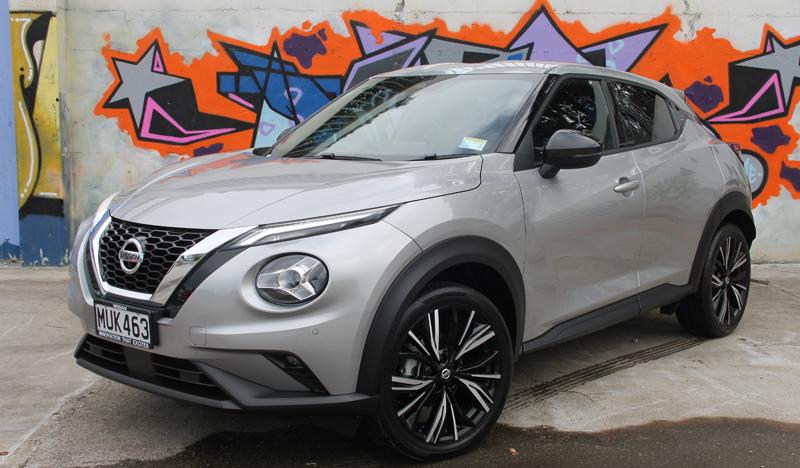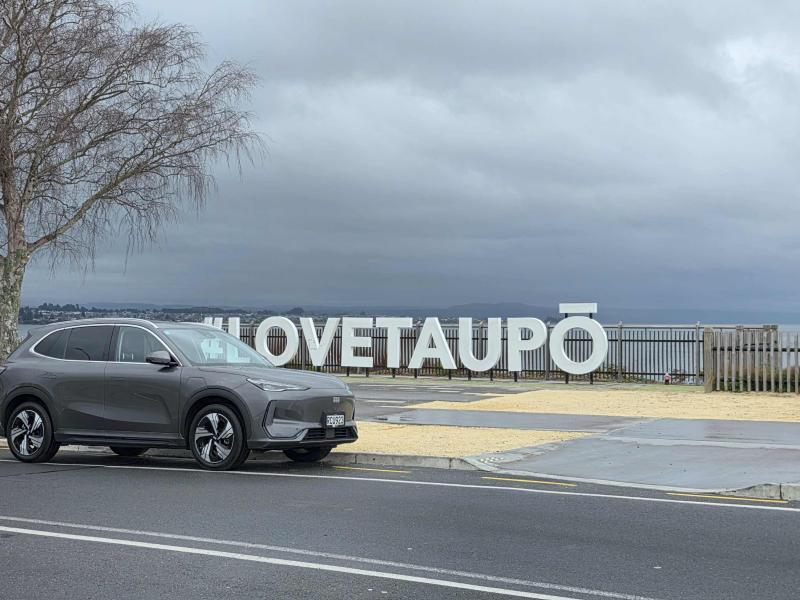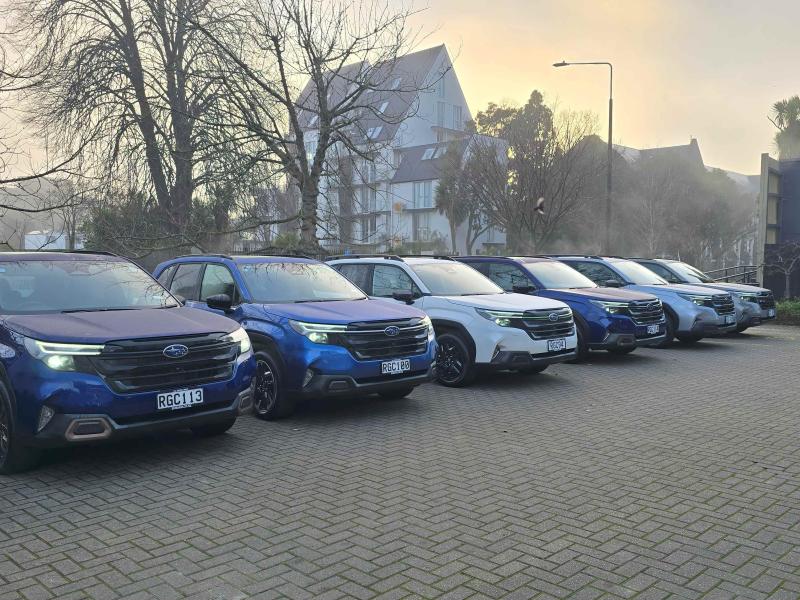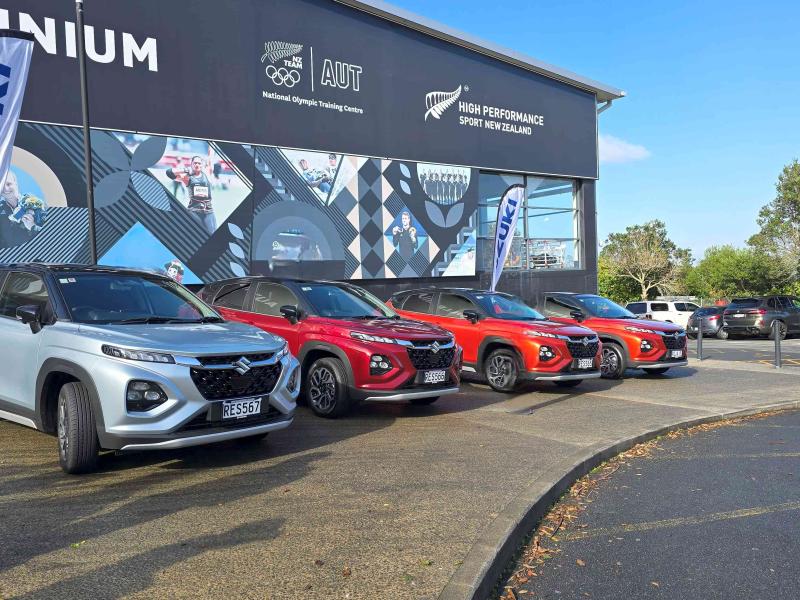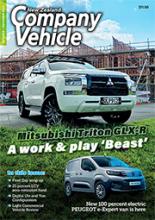What started as something of a quirky novelty for Nissan has now matured into a mainstay or the brand. Normally a reasonably non-combative brand, Nissan has really put its Jukes up.
Some may remember the Nissan Juke when it first arrived here, bringing with it one of its design chiefs out of England to explain some of the unique characteristics making up the “SUVatchback.’
This is a term coined by NZ Company Vehicle, but it seems to fit the 2021 Juke – a range of three vehicles which defy conventionality and which – I’m inclined to suggest ‘accidentally’, but I suspect I’d be wrong – established a design precedent for the larger, more successful Qashqai and the most recent incarnation of the X-Trail.
Oddly, the Juke did not meet with the same sales success as the Qashqai (an unexpected segment leader) and actually, the first-generation Juke only survived through it’s success as a used import.
Now in its second generation after about 9 years, the Juke of today is light years away from its predecessor. According to Nissan, the only thing common to the first model and the current one is the Juke badge.
Ok, that may be a bit of a stretch, but it does demonstrate the remarkable transformation of the vehicle. It has matured beautifully, becoming – some would say – more conventional, but still unmistakably Juke, with the added bonus of incorporating more ‘Nissan’ into its design as well.
The Nissan Juke then – as opposed to ‘the Juke’ – gains the signature narrow but deep grille, bracketed with chrome strakes which flow into the slimline headlights – these last replacing the startled Mantis-like eye headlights for a more contemporary design.
The ‘normalised’ version also loses its predatory nose up aspect, delivering a bonnet which retains strong design cues but provides a much safer and cleaner forward view.
Around the back, the one-time boomerang tail-lights have become more conventional and are therefore slightly larger and more coherent.
But the changes to the Nissan Juke are more than skin deep. The interior – especially in the top line Ti spec’— is strikingly different, and more reminiscent of Nissan’s GT-R supercar, right down to the white stitching throughout the cabin.
The cabin has seen an extensive makeover. It too has been ‘normalised’’ with the previous point of interest – a transmission tunnel based on the fuel tank design of a Ducati motorcycle, complete with coloured metal finish which extended garishly to the door trims.
That may have been a highlight back in the day, but the current model is a bit more sophisticated and painted metal is so 2013. Instead, the highlight of the cabin is the variety of tactile surfaces which includes the unusual suede inserts into the refined leather.
The once integrated touch screen is now more contemporary and sits above a revised and improved HVAC (heating, ventilation and air conditioning) design.
And where the first gen round steering wheel (unadorned with buttons), this has been replaced with a racier, D-shaped wheel with audio, cruise control and Bluetooth functionality.
There are quite a few buttons on the wheel but then there are plenty more on the right hand side of the dashboard to facilitate the auto start/stop and lane departure warning system, among others.
One final element of note is the audio system. This – again in the Ti spec’ level – is what will sell a Nissan Juke to anyone who appreciates aural excellence, and we don’t mean the engine note.
The Bose audio suite is second to none and if you don’t believe me, step into the Juke box and load up Pink Floyd’s Dark Side of the Moon.
After the album ends, you’ll Speak to Me and between Us and Them, you’ll make Time to talk Money and pick your Nissan Juke in Any Colour You Like.
Without being too clever and incorporating an almost complete album playlist, the final word on the second-generation Nissan Juke is a good one, because it’s a good vehicle, well in keeping with Nissan’s other top performing SUVs.


